
views
X
Research source
Lightning can touch down anywhere on Earth, but something truly magical happens when it strikes sand. It leaves behind a tubular and fragile piece of petrified glass in the shape of a bolt of lightning. If you’re lucky enough to find one of these on the beach, it’s the closest you’ll ever get to holding lightning in your hand. We’ve put together a fascinating guide to how this glass forms, what it looks like, and how to search for a piece yourself during your next beach getaway. If you’ve been stricken by a bolt of curiosity, read on!
- Petrified lightning (fulgurite) is formed when lightning strikes sand and melts it. The sand fuses together and cools in the shape of the path of the lightning.
- Fulgurites look like hollow, sandy tubes with smooth, glassy insides. They’re usually tan or black and might have branches shooting off of the main tube.
- Store any fulgurites you find on the beach in a safe location, like a jewelry box or display case. They’re fragile and can break easily.
What is petrified lightning?
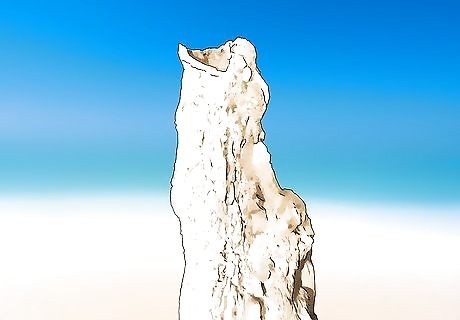
Fulgurite is a “fossil” that forms when lightning strikes sand. Also called petrified lightning, it’s a natural tube of silica glass that forms underground along the path of a lightning bolt as it passes through sand. The sand quickly melts and solidifies in under a second, leaving behind a beautiful and unique piece of natural art. Geologically, fulgurites are considered mineraloids (not minerals) because they’re made of whatever minerals were in the sand at the time of the strike. Fulgurites are found all over the world on beaches and in deserts. They can even be found in mountaintop stones, but these are much more rare. The name fulgurite comes from the Latin word for lightning, fulgur. It’s sometimes also referred to as a “lightning stone.”
Formation
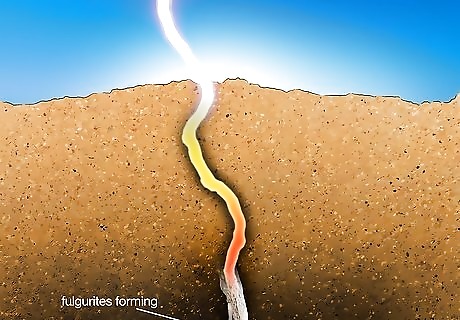
Fulgurites form when sand hardens around a lightning bolt's path. Lightning bolts can reach temperatures of 30,000 °C (54,000 °F)—about 5 times as hot as the surface of the sun! Since sand melts around 1,800 °C (3,270 °F), the lightning easily liquifies the grains for a split second. The melted particles rapidly fuse together and cool, leaving behind a glassy mold in the shape of the path of the lightning bolt. The conditions for fulgurite formation are rare. The sand needs to be mostly silica or quartz with good drainage (the lightning breaks when it hits water).

Fulgurites can be made with a lightning rod or in a lab. A lightning rod (or a plain metal stake) placed in an elevated, isolated, and very sandy area can channel lightning into the ground during a storm and create human-assisted petrified lightning. Some states or national parks prohibit setting up lightning rods and taking home any fulgurites you find (or create), though. Even with a lightning rod, strikes are rare and the chances of producing petrified lightning are slim. Lab-made artificial lightning or electrical currents can create fulgurites up to 6 in (15 cm) long. Natural fulgurites can be 16 ft (4.9 m) or longer. Using a lightning rod or electrical currents is dangerous and can result in injury or death without proper safety training and experience.
Appearance

Fulgurites look like narrow, sandy tubes that may have branches. A lot of beachgoers miss them because they look a lot like sticks or branches buried in the sand. The tubes usually taper—they can be up to 3 in (7.6 cm) wide at the top and shrink to just 0.2 in (5.1 mm) at the bottom. They’re usually tan or black, but white-ish and translucent fulgurites have been found, too. The tube walls can be as little as 0.03 inches (0.76 mm) thin—this makes them incredibly fragile. The tube's interior is glassy, smooth, and might contain tiny bubbles. The outsides are rough with sand that stuck to the melted part during formation. Lightning always takes the path of least resistance through sand, meaning a fulgurite can potentially have small branches or just be one large tube.
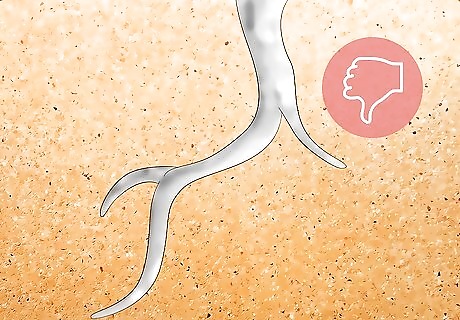
Many viral photos or film depictions of fulgurites are fake or misleading. In the 2002 movie Sweet Home Alabama, for example, a lightning strike leaves behind a crystal-clear, curved sculpture that looks like plant roots (which isn’t realistic in the slightest). Viral pictures of massive, ornate, above ground fulgurites have also been debunked as drip sand castles built on large pieces of driftwood. Sometimes, real fulgurites are photographed after the surrounding sand has been dug away, making it look like the structure formed above ground.
Finding Fulgurites

Search for fulgurites after storms in sandy areas like beaches or deserts. Check spots with high elevation, like dunes near a beach or small desert hills (they’re more likely to be struck). Always wait for the storm to pass before venturing out to avoid getting struck by lightning—it’s unsafe to wander in exposed, flat areas during an active storm. There’s no need to rush to the beach as soon as the storm passes. Many people don’t know where or how to find fulgurites and aren’t looking for them.

Look for circular tubes that seem to be leading down into the ground. Examine the ground very thoroughly—the tube openings are hard to spot because of the constantly shifting sand. If you’re lucky, you’ll spot the top of a fulgurite poking out of the ground as the wind blows sand away from it. Your find might be centuries old. The silica glass is chemically stable and resistant to erosion, so it can stay hidden in perfect condition for a long time. Some scientists say fulgurites are as rare as gold. It’s not just because they’re uncommon, but also because they’re so difficult to find.
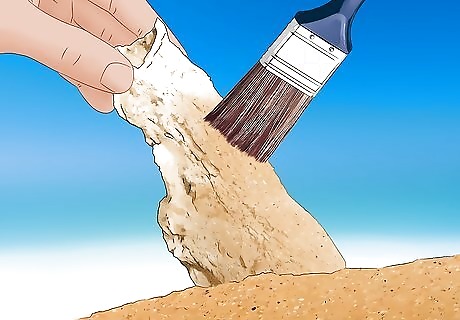
Brush sand away from fulgurites very slowly and carefully. Petrified lightning is very brittle and may break if it’s tapped or brushed too hard. Excavate around the sides of the tube by hand to see if there are any branches and to get an idea of how big it is. If it’s a very large piece, use a hand shovel or a brush to safely speed up your sand removal. Small fulgurites are pretty easy to dig up with your hands and should only take a few minutes to excavate.
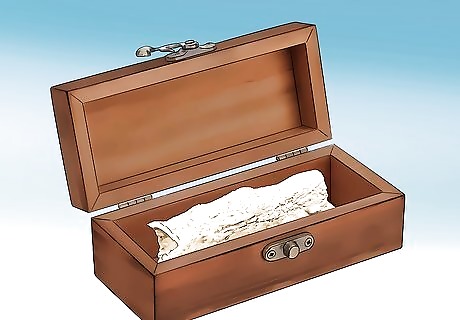
Store your fulgurite by itself in a lined jewelry box or pouch. Since it’s fragile, keep it separate from other gems, rocks, or hard objects in your collection. If it has branches, make sure they’re not sticking out over the edge of a shelf if you choose to visibly display it. Try storing it in a glass display case to keep it safe while still being able to admire it.
Value of Fulgurites
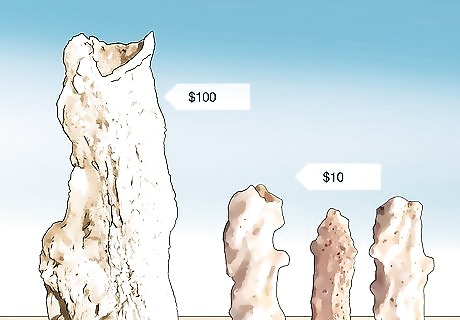
Fulgurites are not considered precious or valuable like true gemstones. They’re actually fairly cheap and usually cost a few dollars per gram to purchase. Very large, white pieces are very rare and sell for more, as do intact pieces with lots of branches. Display-worthy pieces can cost less than $100, and small pieces can be as little as $10 at a local rock shop. Few stores carry fulgurite jewelry. High quality fulgurite set in a sterling silver pendant can cost up to $100, and gold pendants can be around $300. You can usually find small pieces for sale online—just make sure to read reviews and feedback from other buyers before you purchase.
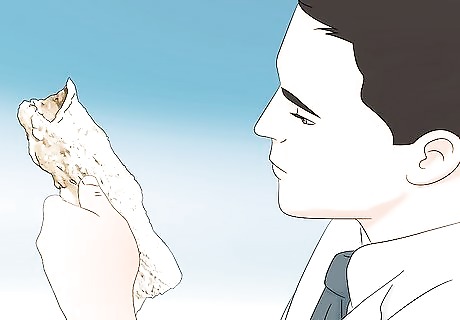
Fulgurites are valuable tools for geologists and climate scientists. By analyzing the gas bubbles trapped inside ancient glass tubes, scientists can determine the chemical composition of the air and ground at the time of formation (up to tens of thousands of years ago!). The location of fulgurites also reveals where thunderstorms used to strike in the distant past, which helps climatologists map ancient weather patterns and landscapes. For example, fulgurites in the Sahara Desert confirmed scientists’ theory that the desert used to be a lush, green place with frequent storms.
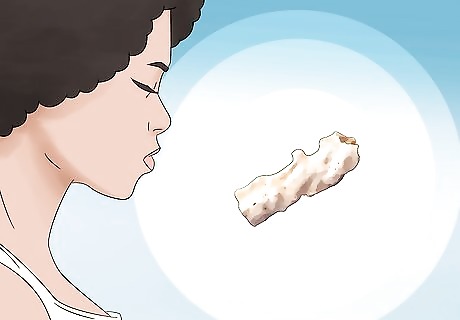
Crystal users value fulgurite for its high energy and spiritual powers. Petrified lightning has a high vibration because of the immense energy of the lightning bolts that create it. It’s said that meditating or healing with fulgurites can assist with spiritual enlightenment, give the user an improved sense of purpose, and help people express themselves and communicate. Fulgurites are often used to help balance or unblock the upper chakras, especially the Throat and Third Eye chakras. Fulgurite’s high vibrational energy also assists with manifesting. Crystal healers believe fulgurites increase cellular rejuvenation through the body’s electromagnetic field, but there is no scientific evidence for this.




















Comments
0 comment